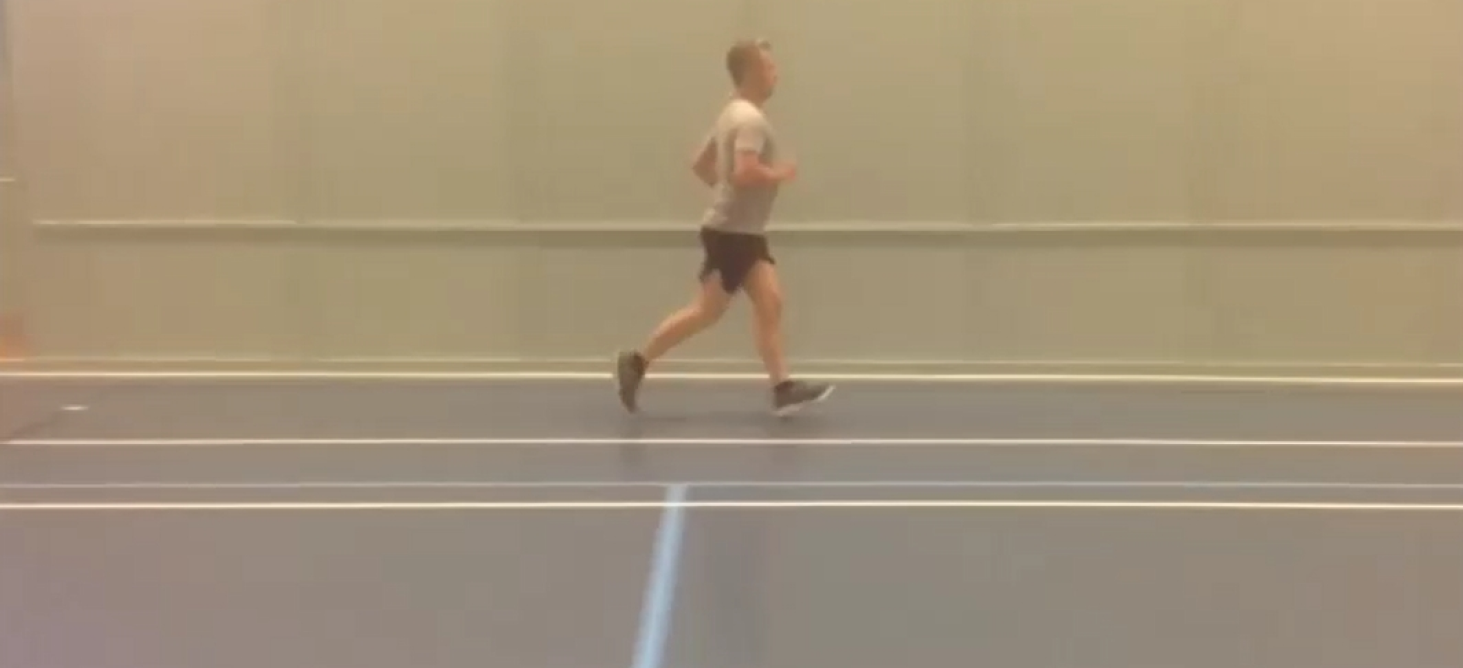- Personal therapy
I Can’t Stop Rescuing others – Why?
- Mark Colclough
Af Mark Colclough, Parterapeut og psykoterapeut, cand. mag.

Most of us want to help others when we can. Whether that be giving change to the homeless, listening to a heartbroken friend or helping a family member with some DIY. For many, helping gives us reward and purpose. In the 1980s, this feeling was termed a ‘helper’s high’ – a buzz one gets from helping equating to the rush that comes with vigorous physical exercise.
Helping Vs Rescuing
Der er ingen tvivl om, at det at hjælpe andre er en god ting. Verden er et meget bedre sted for det.

Når du får en vane med at redde andre, kan det blive altopslugende.
Mark Colclough, MA
The problem is, some people do more than help. They rescue. And when rescuing becomes a pattern, it can have detrimental effects not only to the rescuer, but to the person being rescued. Let’s explore this more now…
Helping somebody is a form of empowerment. Giving change to a homeless person gives them choices. They can spend it on anything they want, and your involvement stops there. Rescuing is different. Rescuing is doing all the work for that person. When you get into the habit of rescuing, it can become all consuming. You end up in a constant drama triangle, unable to escape or resolve any conflict. In some cases, this can be termed ‘co-dependent’.
Rescuing can take many forms and isn’t always obvious:
- Økonomisk: Du kan bruge mere, end du tjener, på andre mennesker for at redde dem fra dårlige økonomiske situationer.
- Seksuel: Du kan gøre ting, du ikke har lyst til, for at behage den anden partner, selvom du føler dig utilpas.
- Tid og energi: Du kan bruge for meget tid på at hjælpe venner og familie med opgaver, men forsømme dine egne pligter og ret til fritid.
- Følelsesmæssig: Du kan være mere bekymret og optaget af andres velbefindende end dit eget velbefindende. Eller du kan kun føle dig godt tilpas, når du redder nogen – dit selvværd er bygget på denne adfærd.
The drama triangle
The drama triangle is something we like to look at in therapy. It has been used in psychotherapy since it was founded in 1968 and is the theory that, in any relationship dynamic, one of three roles is adopted – the persecutor, the victim and the rescuer. You can move between roles, and change roles in response to the actions and perceived motivations of others. Staying within these roles means never truly resolving a conflict. To gain a more comprehensive understanding of the drama triangle, click here.
I denne artikel ønsker vi primært at fokusere på redderrollen.
The rescuer Role
Som allerede forklaret, hjælper en person, der sidder fast i redder-rollen, sjældent med at løse situationen. Hvordan ser det ud i virkeligheden?
Et eksempel på destruktiv redderadfærd vises her.
Emily Is Smart And Successfull 25 years old
She has started dating David, a somewhat troubled but interesting 35 year old with a history of drug addiction. David is in recovery, and Emily decides to make it her personal mission to ensure David remains sober and ok. When David relapses, Emily makes it her sole focus to get David back on track. He quits work and Emily works twice as hard to support them. She researches rehabs, makes enquiries with professionals, speaks to David’s family, and spends day and night coaching and berating David about his situation. In this situation, Emily thinks she is helping.

Medafhængige mennesker opsøger bevidst trængende modparter for at redde.
Mark Colclough, MA
She is the rescuer within the drama triangle with David being the victim. But she isn’t. She is being co-dependent (which we will explore momentarily). She is enabling David’s relapse by removing the responsibility from him and assigning it to herself.
Det bliver altopslugende for Emily, til det punkt, hvor hun bliver psykisk og fysisk utilpas og bebrejder David for dette. Når David ikke bliver bedre, bebrejder Emily sig selv og arbejder endnu hårdere.
Emily isn’t helping. She’s rescuing. And simultaneously worsening David’s situation. If Emily were to step back and allow David to hit rock bottom, he would be forced to take responsibility for his addiction and have a much better chance of recovery. Emily would also be free to spend time on herself and keep her own strength up during this difficult time.
When rescuing Is co-dependency
Kodependens er et begreb, der har eksisteret i omkring tredive år. Det refererer til en person, der redder til det punkt, hvor det skader dem selv, ofrer deres egne behov og idealiserer behovende mennesker. Oprindeligt opstod teorier om kodependens i stofmisbrugscirkler, hvor det refererede til den ikke-afhængige partner, der muliggør eller redder den afhængige (som i tilfældet med Emily). Men vi ved nu, at kodependens også kan opstå i dynamikker, der ikke involverer afhængighed, herunder mellem forældre og børn, ægtefæller, kolleger, søskende og venner.
Some psychologists hypothesize that co-dependency is a natural response to chaos. In Emily’s case, David and his addiction are the chaos, and it’s only natural that Emily wants to control that chaos by assigning herself the job of fixing it. Others hypothesize that co-dependency is learned in childhood as a survival skill, where a child experiences excessive shame and emotional neglect. Therefore, co-dependent people deliberately seek out needy counterparts to rescue. This hypothesis suggests co-dependency is an addiction, which explains why we have ‘Co-Dependents Anonymous’ as part of the 12 step fellowship.


